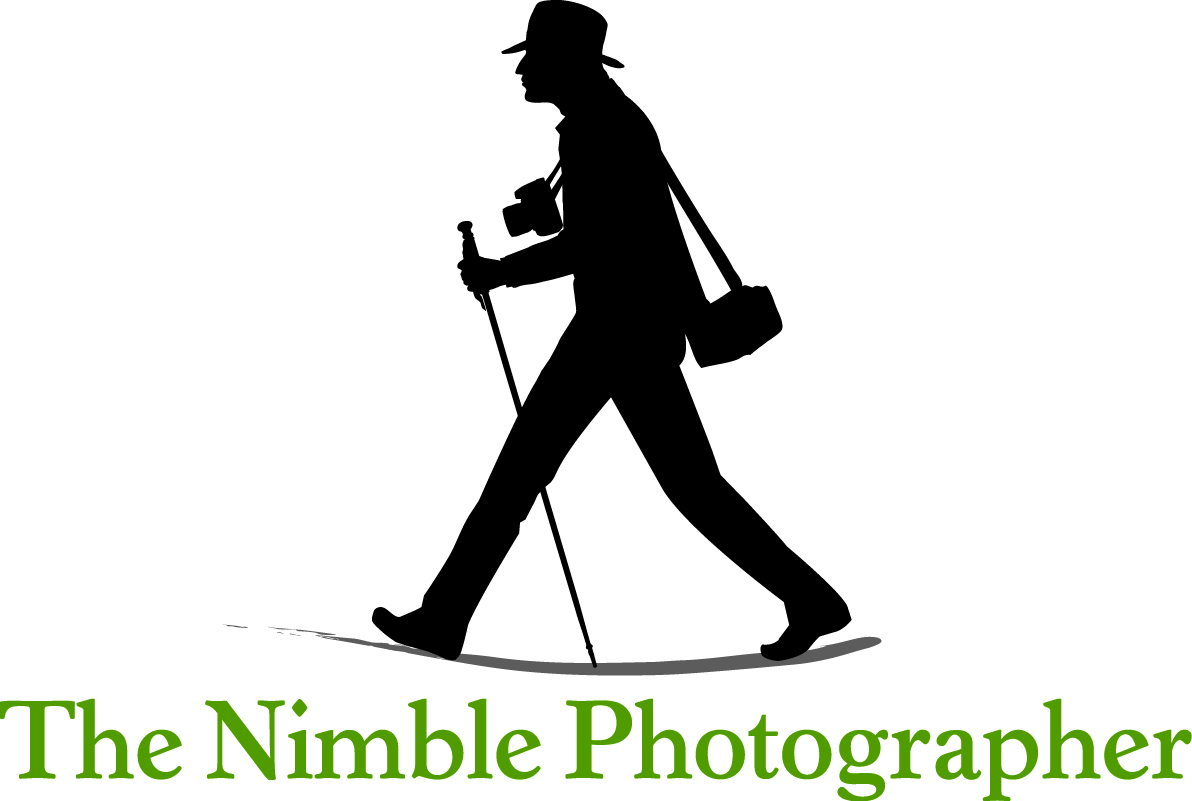When I was in Junior High, we spent our weekends playing pickup football or basketball on the school playground. I remember one Saturday in particular when I was chosen to play quarterback on a team that had no chance to win.
A sense of doom gripped me as I squatted behind the center before the snap. Then, just as the ball reached my hands, I was buried beneath a wave of flesh and curses, knocking me to the ground.
After that, I stuck with basketball.
Two years ago I accepted an associate editor's position with c't Digital Photography Magazine. I met with the managing editor at a Marriott in Santa Monica for my interview. He had flown in from Germany to attend a workshop.
The magazine was successful in Europe, but was floundering in the U.S. In the two years before me, there were still only 1,000 subscriptions. Their feeling was that an American writer with platform and connections could bolster interest in the publication. I thought I could help.
But I soon learned that c't had many things working against it. There was no credible web presence, it was only published 4 times a year, subscriptions were $49 annually, and no one knew what the name meant. And I mean no one.
I also learned that I wouldn't be writing for the actual magazine. My role was limited to online publishing. I took the job anyway, because I really liked the publication. In my estimation, c't was one of the best photography magazines I'd ever read. It was technically rich, the articles had depth, and the topics covered both gear and technique. It belonged in a bookshelf as much as on a desk.
I've had success with The Digital Story and with The Nimble Photographer. I think they've survived because they had vision with a personality behind them. I kept my overhead low so advertising and modest store sales could support the sites.
c't was different. The costs were high. And people didn't understand the product. It rarely survived a first impression.
Two years after I started working with them, they pulled the plug in North America. More than two months later, I've yet to receive one email about its closing. No one even bothered to come to the funeral.
I learned, once again, that success in the U.S. requires attention to detail at every level. You can't make a great product with a lousy name and expect to succeed. Everything has to be aligned.
And if it isn't, you're buried by the count of three, with mud in your mouth and legs twisted in pain.
How could I have forgotten that?
-Derrick
